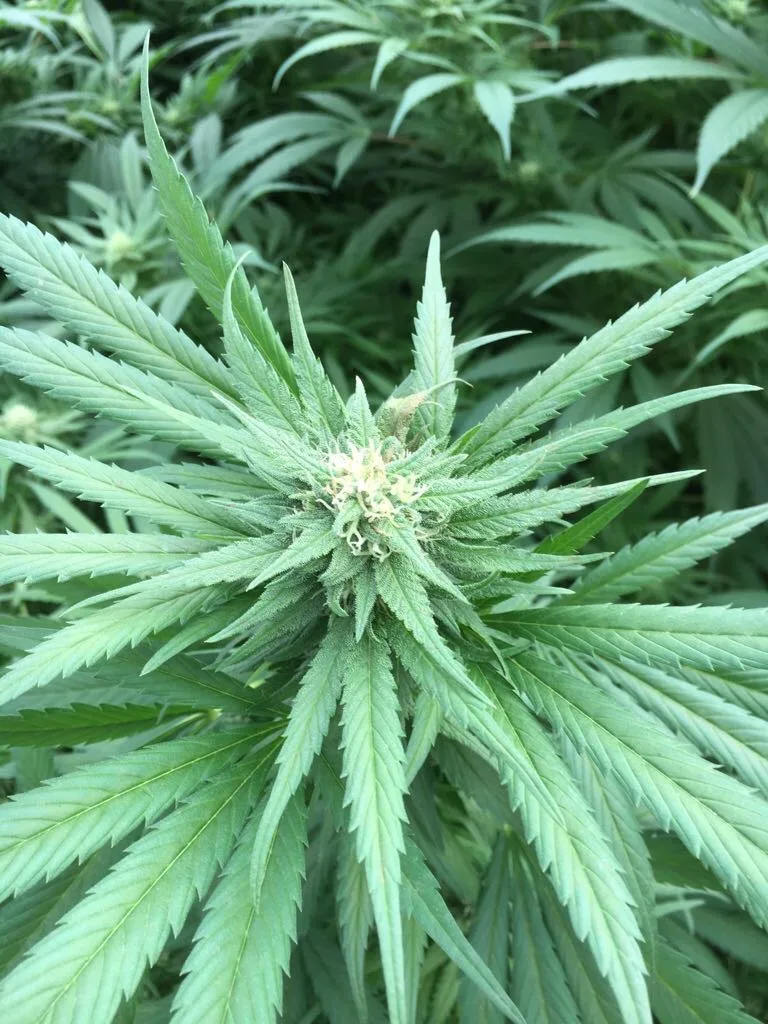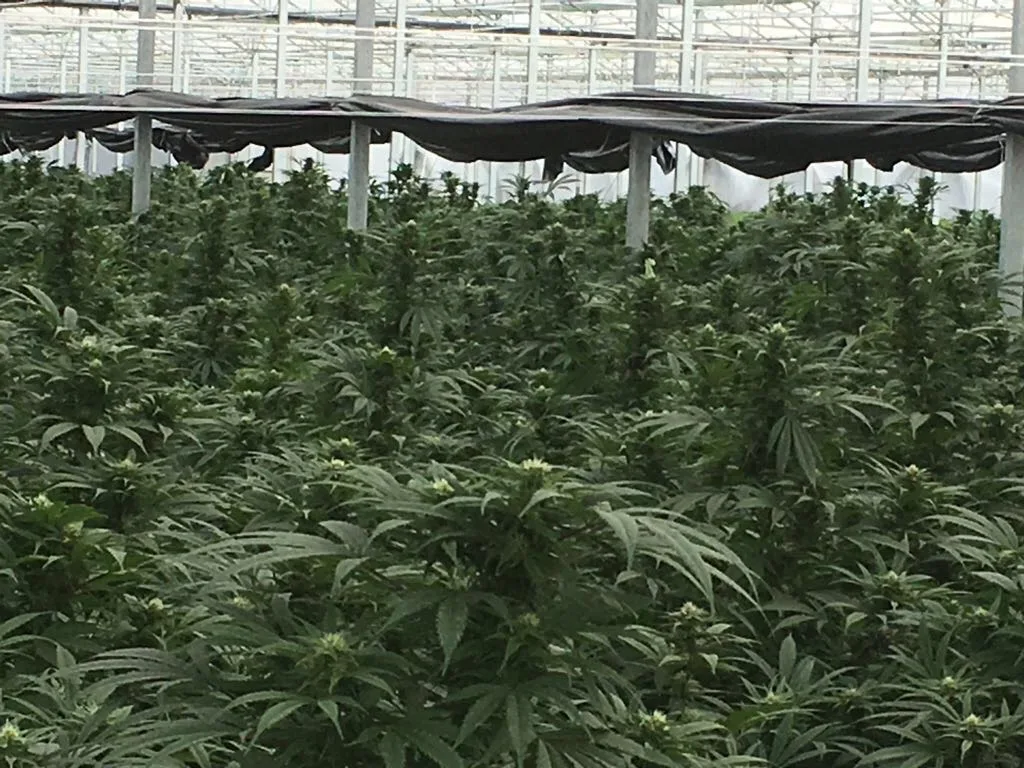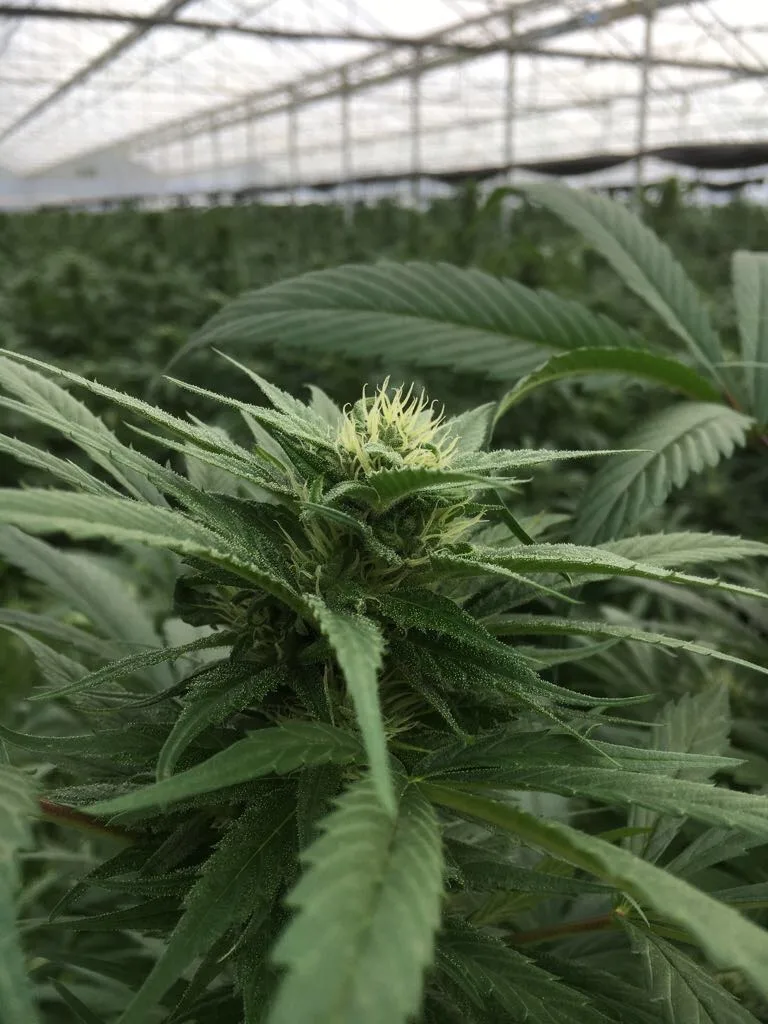
Blog
Cannabinoid Hyperemesis Syndrome (CHS): Everything You Need to Know

Cannabinoid Hyperemesis Syndrome (CHS) is a relatively recent condition that first appeared in 2004 in Australia. Recently, interest in CHS has resurfaced in scientific and other terms. However, it is crucial to examine this syndrome carefully. In this article, we will discuss cannabinoids, the CHS syndrome, its symptoms, and much more!
What are Cannabinoids?
These are substances that include cannabis plants. Specifically, they include at least 80 different cannabinoids, many of which have medicinal value. Today, cannabis products and cannabis strains have been created to include higher amounts of different cannabinoids.
Among these cannabinoids, THC (tetrahydrocannabinol) and CBD (cannabidiol) are the most popular, but there are others like CBG (cannabigerol), CBN (cannabinol), CBC (cannabichromene), and many others with a variety of different uses.
What is Cannabinoid Hyperemesis Syndrome (CHS)?
Cannabinoid Hyperemesis Syndrome (CHS) is an unpleasant experience for the individual. It primarily concerns people who make long-term use of cannabis. It usually arises after the last use and is accompanied by symptoms such as repeated nausea, vomiting, and abdominal pain.
The most critical diagnostic parameters are three, according to this research. Firstly, as already mentioned, the individual must be making long-term use of cannabis and hence the cannabinoids it contains. Secondly, the repeated episodes of nausea must be accompanied by concurrent cannabis use and arise in patterns lasting weeks or months. Finally, symptoms must stop about ten days after ceasing cannabis use.

The Phases of CHS
According to this article, there is a prodromal phase before symptoms start, which can have either a short or long duration. In this phase, individuals experience morning sickness and discomfort.
The hyperemetic phase is the next stage where the main symptoms have begun to manifest. It is the most unpleasant phase for the individual, as it is characterized by frequent vomiting, nausea, and abdominal pain. The sufferer often takes frequent hot baths to relieve abdominal pain. The duration of this phase varies case by case.
The last phase is the recovery phase, which involves ceasing cannabis use and almost immediate relief from the unpleasant symptoms.
Regarding the causes of CHS, comparative studies like this one that evaluate a plethora of related research refer to the Endocannabinoid System (ECS) and the type CB1 receptors.

The Endocannabinoid System (ECS)
The endocannabinoid system is a system in the human body consisting of molecules called cannabinoid receptors. It regulates sleep, appetite, digestion, hunger, and generally a variety of gastrointestinal and digestive functions among others.
CB1 Receptors
Cannabinoid receptors are located on the surface of cells and exist throughout the body, thus having a plethora of different functions. There are two main receptors in the body, the type 1 cannabinoid receptor (CB1) and the type 2 cannabinoid receptor (CB2). CB1 receptors are mainly found in the central nervous system, i.e., the brain and spinal cord, but also in other parts of the body.
The “keys” for these cannabinoid receptors (CB1 and CB2) are called endocannabinoids and are naturally produced by cells in the human body. These cannabinoids differ from those naturally produced by cannabis plants but have several common properties and effects. This is because both types of cannabinoids interact in the same way. Endocannabinoids are molecules that, like the plant’s cannabinoid THC, bind to and activate cannabinoid receptors.
The reason why plant cannabinoids have psychoactive and therapeutic properties for our body is that we have an endocannabinoid system (ECS) with which they can interact. Cannabinoids act in the human body through its endocannabinoid system. Cannabinoids connect with the body’s endocannabinoid system (ECS) receptors. Therefore, different cannabinoids have different properties depending on which receptors they interact with.
The Causes of CHS and Diagnostic Difficulties
It is clear that more research is needed on Cannabinoid Hyperemesis Syndrome (CHS) to understand its causes better. However, the existing research generally concerns the daily or weekly long-term use of cannabis. It is usually about non-medicinal cannabis containing high amounts of the cannabinoid THC (tetrahydrocannabinol). As already mentioned, THC binds and activates the type CB1 receptors of the Endocannabinoid System (ECS). From there begins a chain reaction that involves many parts of the body and leads to the unpleasant symptoms of CHS. THC appears to be the common factor in all studies and patient cases.

The diagnostic difficulties of CHS are also a significant factor. Due to the numerous common symptoms with a variety of digestive disorders, CHS is challenging to diagnose. According to this article, correlating the symptoms with previously mentioned factors such as frequent cannabis use aids in the diagnosis. There are also genetic factors that may contribute, but their exact role is not yet entirely clear in the scientific literature.
Is it possible for all cannabis products to cause CHS?
Despite the fact that more relevant research is needed, the data available so far suggest that the answer might be no. THC is the primary cannabinoid that contributes to the development of CHS and its symptoms. Cannabinoids like CBD (cannabidiol) or CBG (cannabigerol) have a variety of different, beneficial health properties. Consuming products from reputable and trustworthy companies that do not contain THC is likely not only a safe but also an enjoyable experience.
Here at Canna Health Amsterdam, we have many delicious options for using cannabinoids other than THC. For example, these banana-flavored or watermelon-flavored gummies exclusively contain CBD, are very popular, and contain no THC at all.
In any case, it is always better to consult a healthcare professional before starting to use cannabis products. Safety is our priority.
Disclaimer: This blog is for informational and educational purposes only. We review and reference available studies and reputable sources; however, content may not reflect the most current research or regulations and should not be taken as medical, legal, or professional advice. We do not make or imply health claims. Products mentioned are not intended to diagnose, treat, cure, or prevent any disease and statements have not been evaluated by EFSA or the FDA. Effects can vary between individuals. Always consult a qualified healthcare professional before use and verify that any product or ingredient is lawful in your jurisdiction.















